Fungal Planet description sheets: 951-1041
- PMID: 32214501
- PMCID: PMC7085856
- DOI: 10.3767/persoonia.2019.43.06
Fungal Planet description sheets: 951-1041
Abstract
Novel species of fungi described in this study include those from various countries as follows: Antarctica, Apenidiella antarctica from permafrost, Cladosporium fildesense from an unidentified marine sponge. Argentina, Geastrum wrightii on humus in mixed forest. Australia, Golovinomyces glandulariae on Glandularia aristigera, Neoanungitea eucalyptorum on leaves of Eucalyptus grandis, Teratosphaeria corymbiicola on leaves of Corymbia ficifolia, Xylaria eucalypti on leaves of Eucalyptus radiata. Brazil, Bovista psammophila on soil, Fusarium awaxy on rotten stalks of Zea mays, Geastrum lanuginosum on leaf litter covered soil, Hermetothecium mikaniae-micranthae (incl. Hermetothecium gen. nov.) on Mikania micrantha, Penicillium reconvexovelosoi in soil, Stagonosporopsis vannaccii from pod of Glycine max. British Virgin Isles, Lactifluus guanensis on soil. Canada, Sorocybe oblongispora on resin of Picea rubens. Chile, Colletotrichum roseum on leaves of Lapageria rosea. China, Setophoma caverna from carbonatite in Karst cave. Colombia, Lareunionomyces eucalypticola on leaves of Eucalyptus grandis. Costa Rica, Psathyrella pivae on wood. Cyprus, Clavulina iris on calcareous substrate. France, Chromosera ambigua and Clavulina iris var. occidentalis on soil. French West Indies, Helminthosphaeria hispidissima on dead wood. Guatemala, Talaromyces guatemalensis in soil. Malaysia, Neotracylla pini (incl. Tracyllales ord. nov. and Neotracylla gen. nov.) and Vermiculariopsiella pini on needles of Pinus tecunumanii. New Zealand, Neoconiothyrium viticola on stems of Vitis vinifera, Parafenestella pittospori on Pittosporum tenuifolium, Pilidium novae-zelandiae on Phoenix sp. Pakistan, Russula quercus-floribundae on forest floor. Portugal, Trichoderma aestuarinum from saline water. Russia, Pluteus liliputianus on fallen branch of deciduous tree, Pluteus spurius on decaying deciduous wood or soil. South Africa, Alloconiothyrium encephalarti, Phyllosticta encephalarticola and Neothyrostroma encephalarti (incl. Neothyrostroma gen. nov.) on leaves of Encephalartos sp., Chalara eucalypticola on leaf spots of Eucalyptus grandis × urophylla, Clypeosphaeria oleae on leaves of Olea capensis, Cylindrocladiella postalofficium on leaf litter of Sideroxylon inerme, Cylindromonium eugeniicola (incl. Cylindromonium gen. nov.) on leaf litter of Eugenia capensis, Cyphellophora goniomatis on leaves of Gonioma kamassi, Nothodactylaria nephrolepidis (incl. Nothodactylaria gen. nov. and Nothodactylariaceae fam. nov.) on leaves of Nephrolepis exaltata, Falcocladium eucalypti and Gyrothrix eucalypti on leaves of Eucalyptus sp., Gyrothrix oleae on leaves of Olea capensis subsp. macrocarpa, Harzia metrosideri on leaf litter of Metrosideros sp., Hippopotamyces phragmitis (incl. Hippopotamyces gen. nov.) on leaves of Phragmites australis, Lectera philenopterae on Philenoptera violacea, Leptosillia mayteni on leaves of Maytenus heterophylla, Lithohypha aloicola and Neoplatysporoides aloes on leaves of Aloe sp., Millesimomyces rhoicissi (incl. Millesimomyces gen. nov.) on leaves of Rhoicissus digitata, Neodevriesia strelitziicola on leaf litter of Strelitzia nicolai, Neokirramyces syzygii (incl. Neokirramyces gen. nov.) on leaf spots of Syzygium sp., Nothoramichloridium perseae (incl. Nothoramichloridium gen. nov. and Anungitiomycetaceae fam. nov.) on leaves of Persea americana, Paramycosphaerella watsoniae on leaf spots of Watsonia sp., Penicillium cuddlyae from dog food, Podocarpomyces knysnanus (incl. Podocarpomyces gen. nov.) on leaves of Podocarpus falcatus, Pseudocercospora heteropyxidicola on leaf spots of Heteropyxis natalensis, Pseudopenidiella podocarpi, Scolecobasidium podocarpi and Ceramothyrium podocarpicola on leaves of Podocarpus latifolius, Scolecobasidium blechni on leaves of Blechnum capense, Stomiopeltis syzygii on leaves of Syzygium chordatum, Strelitziomyces knysnanus (incl. Strelitziomyces gen. nov.) on leaves of Strelitzia alba, Talaromyces clemensii from rotting wood in goldmine, Verrucocladosporium visseri on Carpobrotus edulis. Spain, Boletopsis mediterraneensis on soil, Calycina cortegadensisi on a living twig of Castanea sativa, Emmonsiellopsis tuberculata in fluvial sediments, Mollisia cortegadensis on dead attached twig of Quercus robur, Psathyrella ovispora on soil, Pseudobeltrania lauri on leaf litter of Laurus azorica, Terfezia dunensis in soil, Tuber lucentum in soil, Venturia submersa on submerged plant debris. Thailand, Cordyceps jakajanicola on cicada nymph, Cordyceps kuiburiensis on spider, Distoseptispora caricis on leaves of Carex sp., Ophiocordyceps khonkaenensis on cicada nymph. USA, Cytosporella juncicola and Davidiellomyces juncicola on culms of Juncus effusus, Monochaetia massachusettsianum from air sample, Neohelicomyces melaleucae and Periconia neobrittanica on leaves of Melaleuca styphelioides × lanceolata, Pseudocamarosporium eucalypti on leaves of Eucalyptus sp., Pseudogymnoascus lindneri from sediment in a mine, Pseudogymnoascus turneri from sediment in a railroad tunnel, Pulchroboletus sclerotiorum on soil, Zygosporium pseudomasonii on leaf of Serenoa repens. Vietnam, Boletus candidissimus and Veloporphyrellus vulpinus on soil. Morphological and culture characteristics are supported by DNA barcodes.
Keywords: ITS nrDNA barcodes; LSU; new taxa; systematics.
© 2019 Naturalis Biodiversity Center & Westerdijk Fungal Biodiversity Institute.
Figures


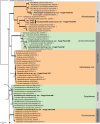









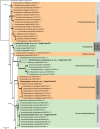



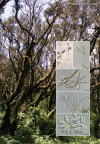
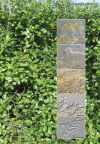
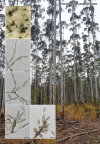
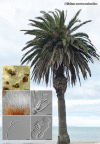

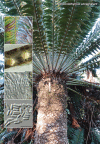
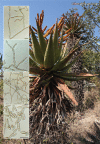
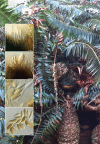



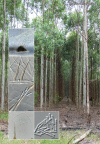
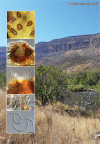















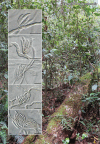

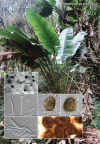
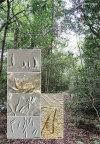

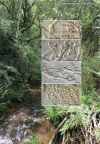
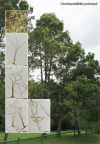
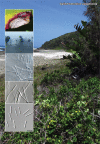

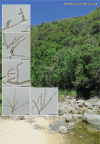

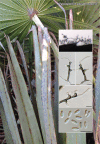
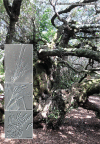
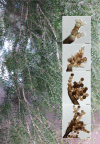
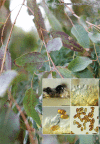
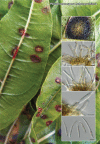

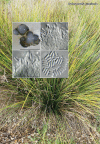
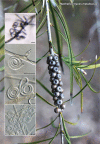


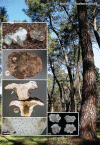
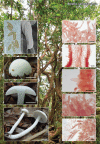


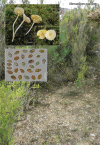




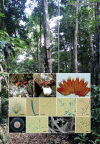
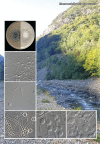

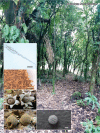


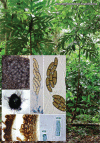
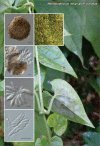
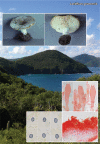
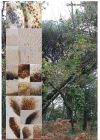
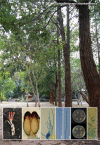
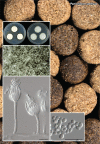



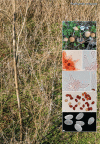
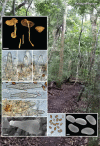

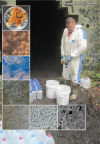
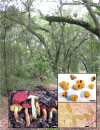
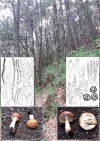
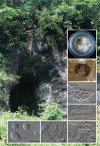


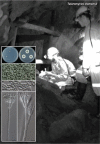
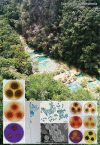
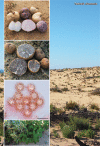
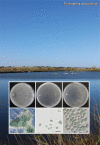

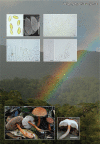

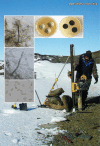




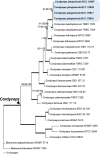
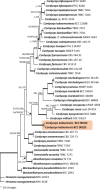

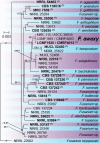




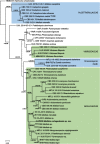





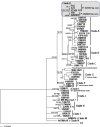








References
-
- Andjic V, Carnegie AJ, Pegg GS, et al. 2019. 23 years of research on Terato-sphaeria leaf blight of Eucalyptus. Forest Ecology and Management 443: 19–27.
-
- Baral H-O-, Rämä T. 2015. Morphological update on Calycina marina (Pezizellaceae, Helotiales, Leotiomycetes), a new combination for Laetinaevia marina. Botanica Marina 58 (6): 523–534.
LinkOut - more resources
Full Text Sources
Miscellaneous
